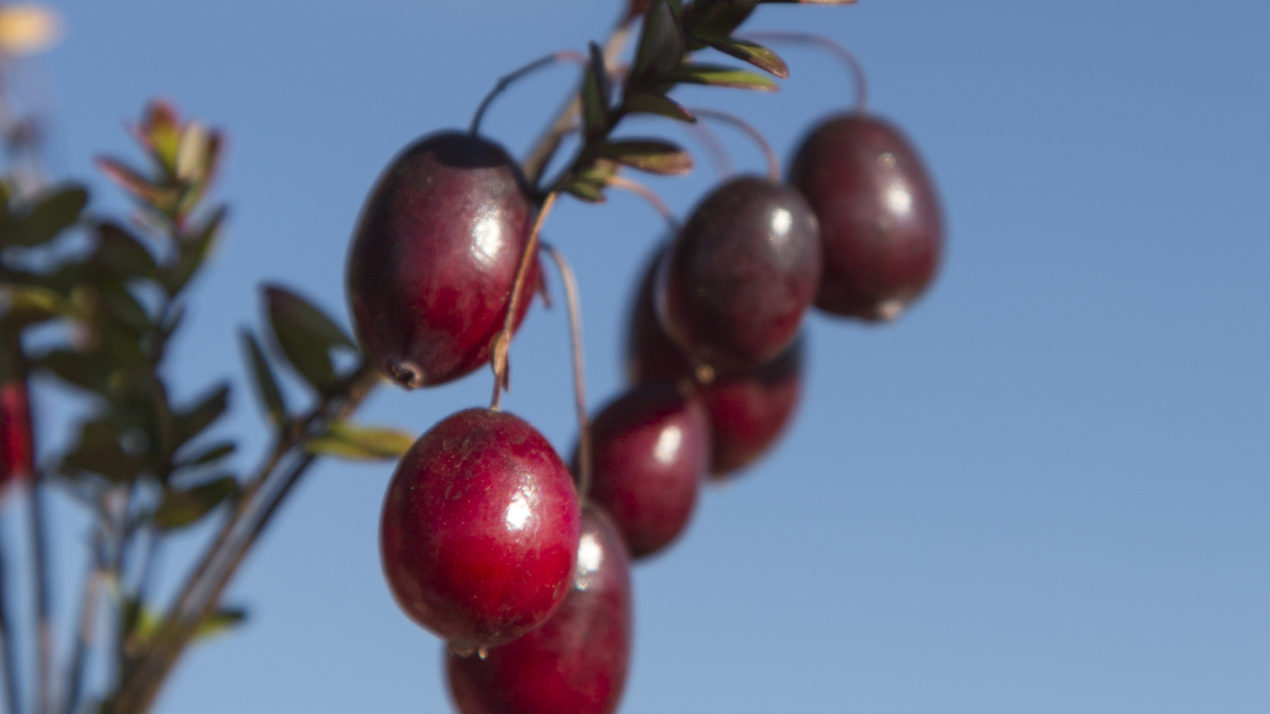
When cranberries are the No. 1 fruit in the state, you bet there’s a team of scientists ready to assist growers with challenges, such as pest and disease management.
Allison Jonjak is the cranberry outreach specialist for UW-Madison’s Division of Extension. In her role, she connects researchers with growers to plan research projects that answer growers’ questions. Some examples of these recent challenges raised by growers is how to stop the blunt-nosed leafhopper and when to fertilize the perennial cranberry plants.
Jonjak is a cranberry grower herself — the third generation in her family. She’s spent the past seven years of her career in row crops. She says precision agriculture is a common thread between row crops and cranberries. The precise management of cranberry bogs contributes to the cranberry industry’s strength in environmental sustainability, Jonjak explains. Every acre of production cranberry acres has five and a half acres that are wetland or forest, she says.
Jonjak says the new Wisconsin Cranberry Research Station in Black River Falls is making progress. It has not had its ribbon cutting ceremony yet because the lab is not finished. It features a cranberry marsh, classrooms, offices and labs for direct research that is identical to a commercial farm. The facility will sustain itself as it sells its cranberries to Ocean Spray.

